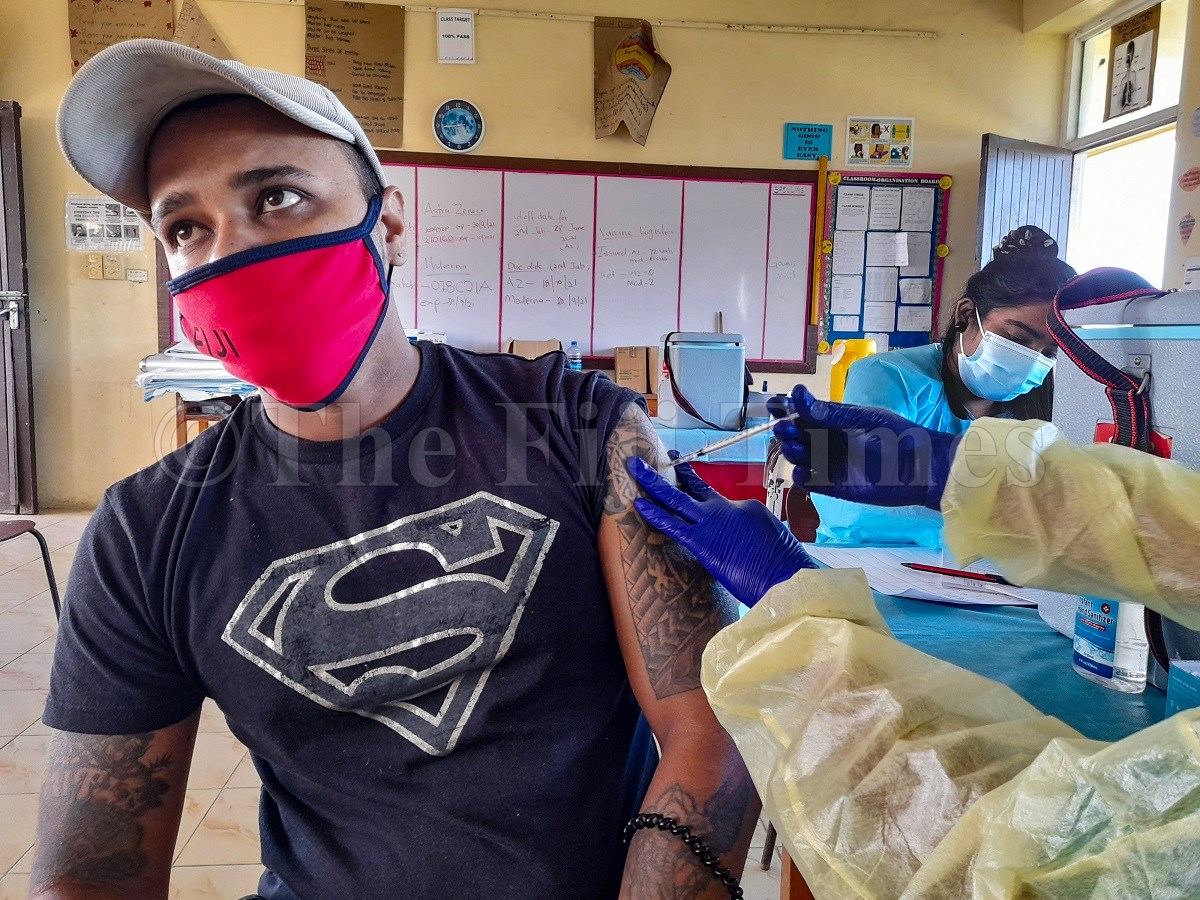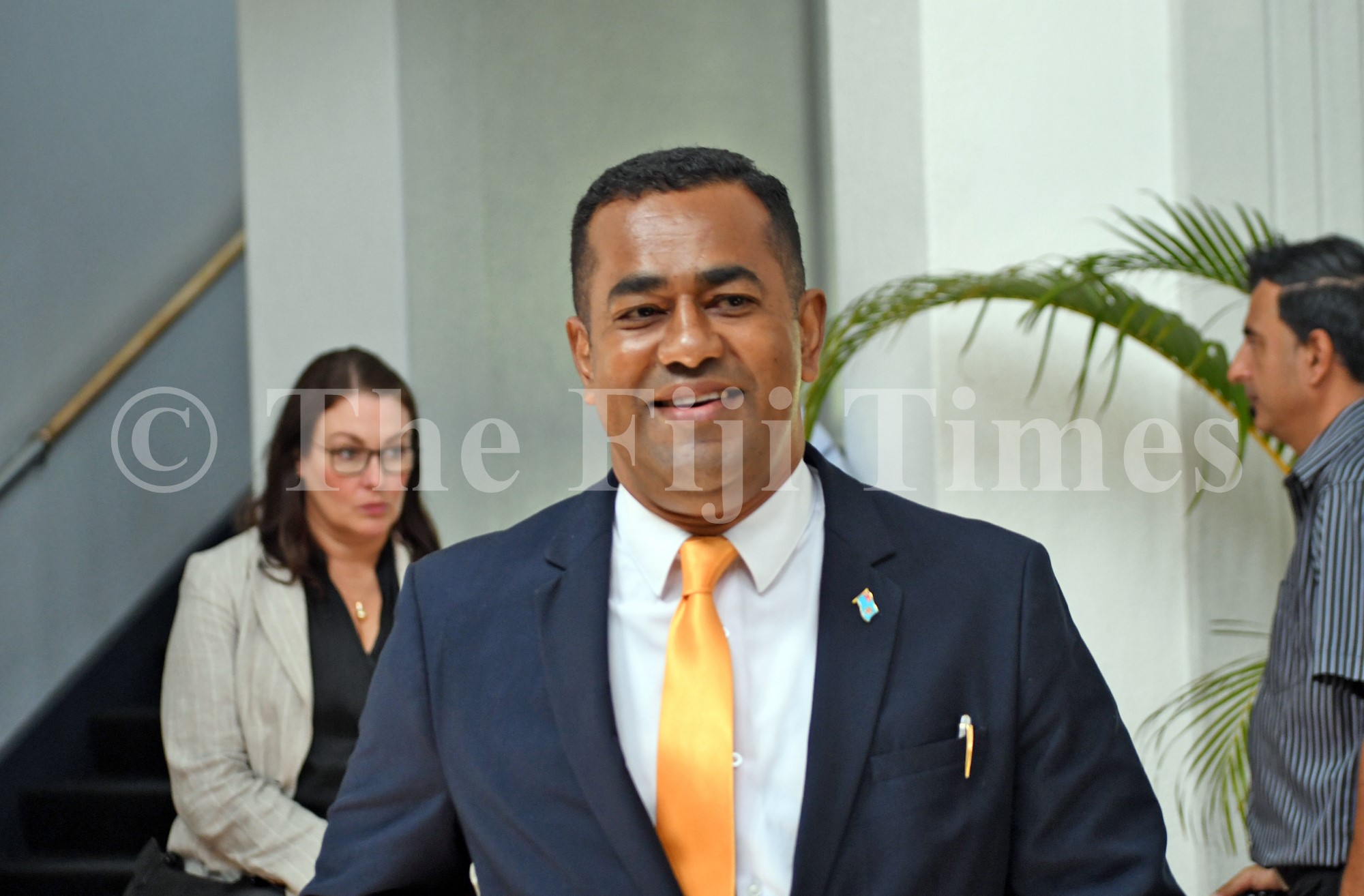In medicine, there is a hypothetical instrument known as the retrospectoscope.
Actually, it is a colloquialism for looking at a situation after the fact it has happened when almost anyone can be deemed an expert as it is easy to predict an outcome because the outcome has already happened.
This instrument is certainly not unique to medicine.
In fact, every armchair critic, every bystander at a sporting match and indeed everyone such as you and I have at some point in our lives used this instrument to try and justify a bad outcome which we think we could have avoided had we been the one’s making the call.
- I would have picked an entirely different squad and our team would surely have won;
- If he were my son, I would have paid more attention to him and he would not have become a drug addict; and
- If I was the boss, I would have done things this way and we would not be facing these problems.
Many of us would have said these statements aloud or at least thought about it in our heads at some point in our lives.
This is the beauty of this all-powerful instrument, the retrospectoscope which can empower us ordinary humans to have super-natural, oracle like abilities.
If you flipped the script, it is akin to possessing a crystal ball which can see into the future and show you various parallel outcomes of any decision you make and then you have the ability to always pick the course of action which will lead to the best outcome.
Wouldn’t it be nice? Alas, in medicine, that elusive crystal ball is unattainable.
Therefore, systems and checks and balances have been developed to help guide health practitioners to help them make the right decisions for their patients.
The term evidence-based medicine is what health practitioners strive to practice as it is somewhat similar to having a mini-version of a retrospectoscope whereby medical trials and studies help guide doctors to choose the best treatment options for their patients based on medical evidence.
Not all evidence is the same in terms of hierarchy.
Evidence from a randomised controlled trial is superior and ranked as level 1 evidence as compared to an expert in a particular medical field’s opinion which is ranked as level four evidence.
In addition to using the highest level of evidence available, most medical experts will use a multi-disciplinary forum when it comes to making critical health decisions for a patient such as cancer treatment.
This is a forum in which many surgeons are present as well as medical oncologists, radiation oncologists, radiologists, pathologists as well as patient advocates.
Using all the latest evidence available as well as personal opinions from the various experts, the pros and cons of choosing a particular treatment plan is thrashed out.
The ultimate treatment plan that may eventuate from these discussions may range from going all out with multiple treatment modalities to try and cure the cancer to accepting that given the innate physiology of a patient and the advanced nature of the disease, palliation would be the way to go whereby it is accepted that cure is not possible and treatment is then focused on making a patient’s quality of life the priority in their remaining days.
The patient and their advocates can be assured that a ‘crystal ball’ of sorts was employed by various specialists with the primary aim of doing good by the patient by thrashing out all possible treatments and their likely benefit and harm to the patient.
The ultimate decision is one which is of most benefit to the patient weighed against the possible harm and this has been unanimously agreed to after robust discussions in the forum.
Another important thing to note is that all medical interventions are made possible upon getting an informed consent from the patient. A patient must first and foremost agree to the treatment.
The treatment must be proven to be of benefit to the patient. The treatment must not cause undue harm to the patient. The treatment must be made available to multiple patients without any prejudice.
These are the four ethical pillars of autonomy, beneficence, non-maleficence and justice. Once a patient and their advocates are fully informed of the pros and cons, they then make the conscious choice of undergoing the treatment.
There is a lot of work that goes on behind the scenes and there are a lot of discussions that happen prior to undertaking a treatment option as the big picture goal is to help and not harm a patient.
Despite multiple checks and balances, sometimes the outcome does not go according to plan. Ships sink, planes crash and patients may die or have a bad outcome.
A post-mortem of sorts is necessary to try and learn from an adverse outcome.
Were all the safety procedures followed to the letter? Was there mechanical failure?
Was there a communication error?
If there have been one million successful flights and one plane crashes, do we stop flying planes?
Or do we learn from that one plane crash, make sure that all airline safety personnelare brought up to speed on the errors identified leading to the crash and ensure that a similar event is not repeated.
Humanity has made giant strides in all spheres of life yet the more we advance, our ability to introspect and strive for perfection increases exponentially.
Our struggle for perfection ensures we continually break new barriers and this is where the impossible becomes possible.
Sometimes, when processes are running too well, we tend to become complacent.
This is why continually educating and updating your knowledge and skills are important and this is compulsory if you are a doctor.
You must part-take in CME (continuing medical education) activities and achieve a certain number of credits each year to renew your annual registration and license to practice. Other professions also have a similar approach.
COVID-19 is the biggest challenge facing humanity. The last pandemic of this scale was 100 years ago in the form of the Spanish flu. The world population was just under two billion at around 1.92 billion.
More than 500 million people worldwide got infected with the Spanish fl u and about 50 million people died. In 1920, there were no vaccines for the Spanish Flu and certainly the medical care was limited.
Fast forward to 2021, our world population is about 8 billion. There have been close to 220 million cases and 4.55 million deaths from COVID.
The world is certainly more inter-connected than it was in 1920 but also, we have made huge strides in medicine and science.
We have several effective vaccines with more on the way and we have the ability to keep critically ill patients alive.
Despite the advances, we can see that the case fatality rate worldwide is about 2 per cent. The coronavirus has an uncanny ability to mutate and become a more serious version of itself.
This war that has been raging for 1 and a half years is far from over. With the benefit of hindsight and the infamous retrospectoscope, we have innumerable experts on COVDID-19 from all spheres of life but it would be wise to leave the decision making and advice to the health experts in the field.
Using the retrospectoscope to our advantage, we can evaluate what Iceland has done as a country to contain COVID-19.
They have done exceptionally well in containing the disease with minimal deaths.
They did this by unprecedented collaboration between the public and private sector in testing people for COVID-19, understanding how the disease spreads in their local context and how best to contain it by relying on the data they collected.
They were able to fully vaccinate over 80 per cent of their eligible population.
It is a country like Fiji, that is reliant on tourism so they were able to safely open up their borders to tourism with strict monitoring of the vaccination status of people entering Iceland.
They have kept new infections and deaths from COVID-19 under control. There are lessons to be learnt for us by studying countries that have got things right.
The biggest lesson we see as a recurring theme is that everyone in the country must buy into and support the COVID-19 contingency measures. Let us use the experience of other nations that are doing well and the benefit of hindsight as our allies moving forward.
- DR BASHARAT MUNSHI is the president of Fiji Medical Association. The views expressed are his and not of this
newspaper.





